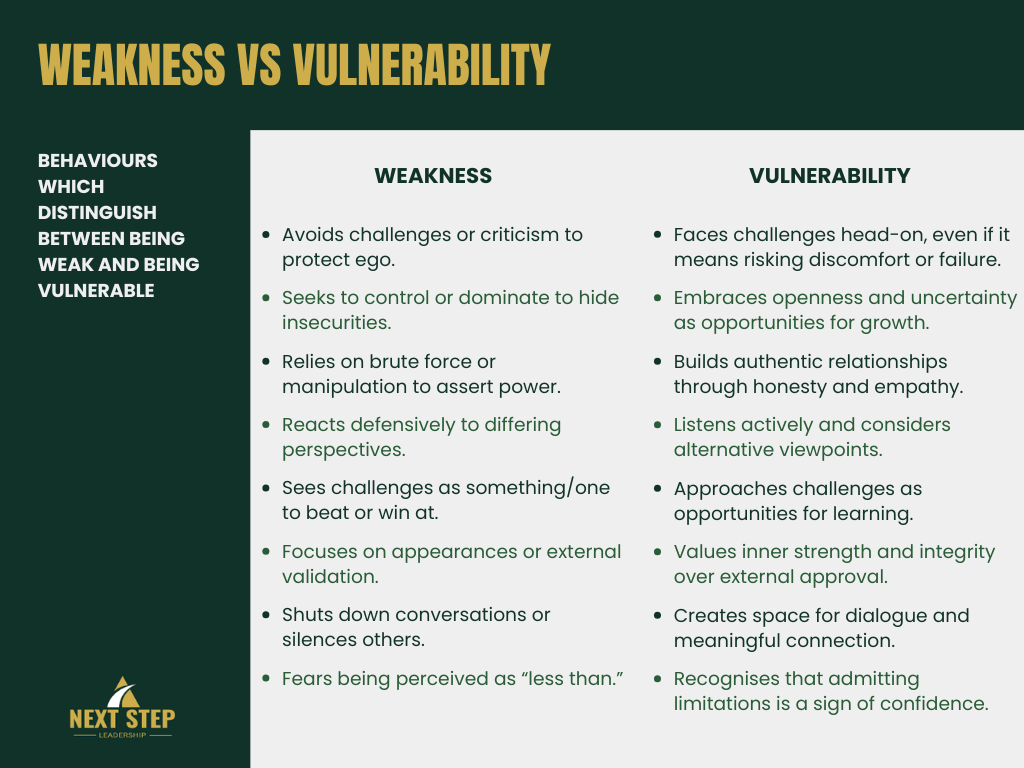Showing strength by being vulnerable
I recently came across an article attempting to distinguish between free speech and hate speech. The piece itself was thought-provoking, and I agreed with much of its content. But the real spectacle lay in the comments section. I know: never read the comments. But the temptation was too great, and, unsurprisingly, the bigots did not disappoint.
One commenter asserted that free speech threatened “snowflakes” who were supposedly too weak to handle criticism. Another went so far as to disparage an entire race, presenting their own as superior.
Their rhetoric got me thinking: What’s the difference between being weak and being vulnerable?
These commentators obviously believed they were strong, even righteous, in their ability to “call out” others. Yet, if challenged, these same individuals would likely resort to aggression or silencing tactics, unable to handle dissent. This isn’t strength. It’s fragility masked as bravado.
Reflection
This behaviour reminded me of how bullies operate. Bullies often compensate for their own insecurities by projecting force or control. They equate vulnerability with weakness, unaware that vulnerability — the courage to admit uncertainty, listen to others, and open oneself up to growth — requires real strength.
This same dynamic often plays out in leadership settings by those in positions of authority in organisational or community settings. Because they've been led to believe that leadership is about showing one's strength, they mistakenly choose to assert their authority over others by exhibiting autocracy and masked bravado in their communication styles. I've seen this displayed by being seen as the one in charge: through making decisions unilaterally or overriding others' opinions completely.
On the other hand, I've seen real leaders display strength by involving others, being open to others' opinions and perspectives and inviting a variety of voices to the table. This type of leadership is where diversity breeds innovation, inclusion and collective success.
Summary of behaviours
This table summarises some of the behaviours which can help distinguish between being weak and being vulnerable.
Call to Action
As I reflect on those comments from the start, I realise they embody the very misunderstanding we need to address: mistaking force for strength and dismissing vulnerability as weakness. The use of the word "snowflakes" was meant to insult, however, it dismisses sensitivity and openness for fragility. Fortunately, there were some responses to these comments which reflected the ability to embrace openness rather than defensiveness, dialogue rather than monologue.
This same choice lies before us every day, especially in how we lead and connect with others. If you’re ready to challenge outdated notions of strength and lead with courage, openness and inclusiveness, I’d love to work with you. Together, we can uncover the strength in vulnerability and chart a path that empowers you and those you lead. Reach out today.

